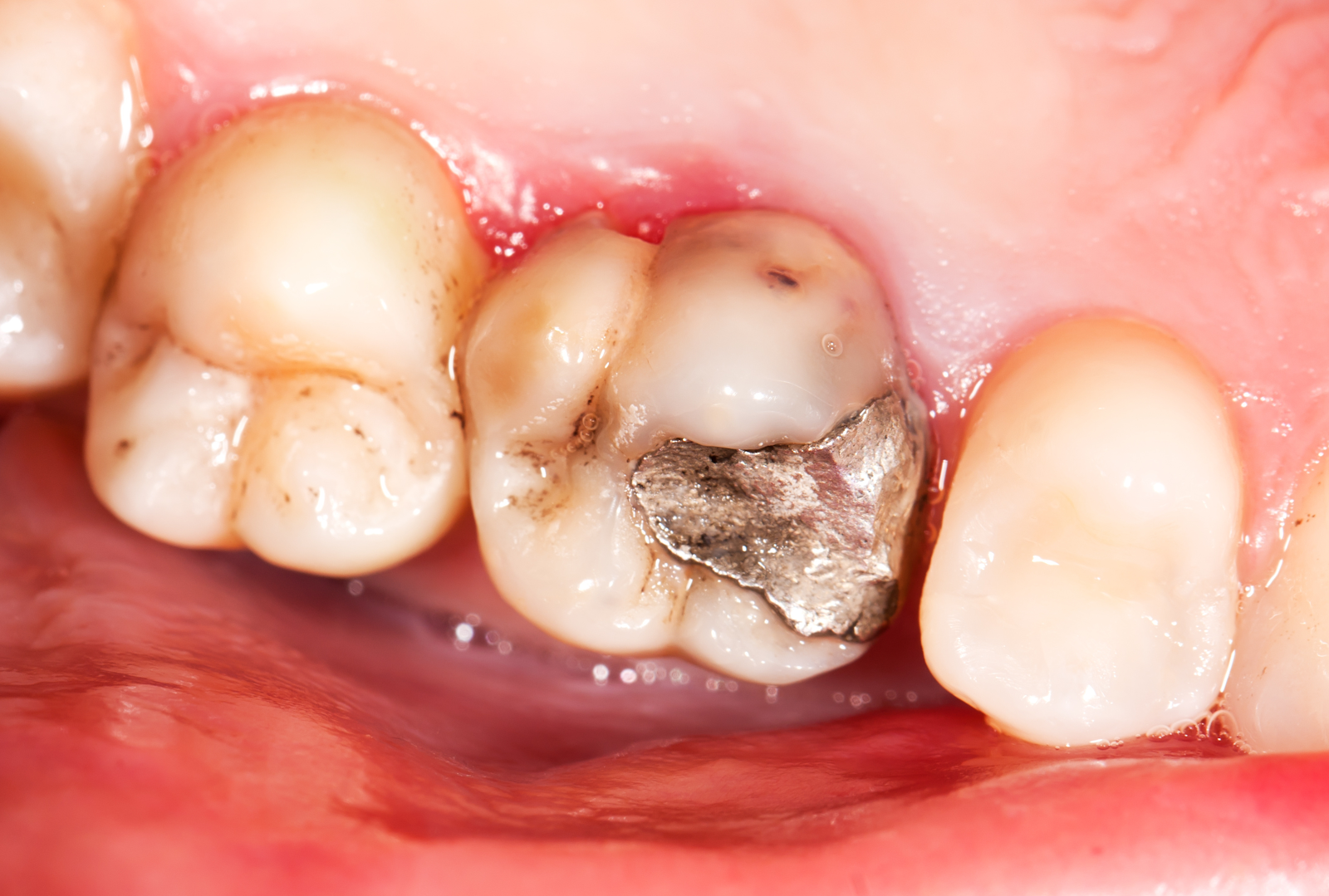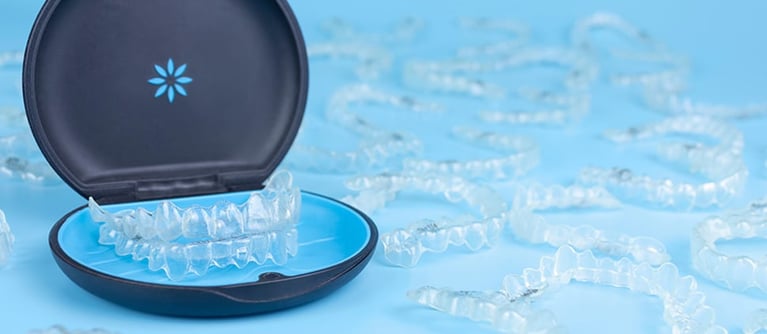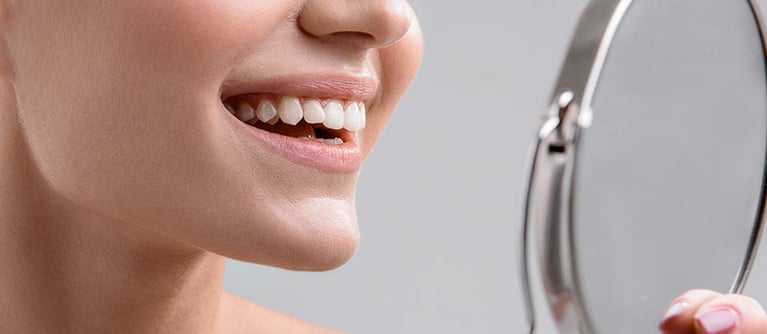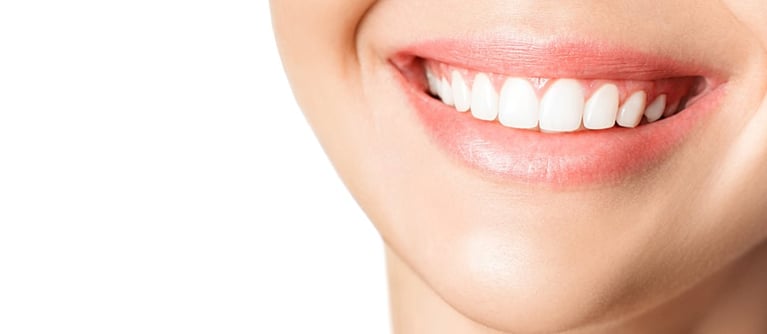Cavities vs Stains
It can be hard to tell the difference between cavities and stains on your teeth. Both can cause discolouration but they have distinct characteristics.
Cavities are usually darker in colour than stains. They appear as a small spot on one tooth. If you see a tiny dark area on one tooth, it might be a cavity.
Stains affect multiple teeth. Caused by food, drinks or tobacco. Stains are more widespread and uniform in appearance.
Here's a quick comparison:
| Feature | Cavities | Stains |
| Colour |
Darker |
Varies |
| Location |
One spot |
Smooth |
| Texture | May feel rough | May feel rough |
It's crucial to act quickly if you suspect a cavity. Ring your dentist straightaway for an appointment. Early treatment can prevent further damage to your tooth.
Remember, regular check-ups can help catch cavities early. Your dentist can also advise on removing stubborn stains and keeping your smile bright.
.png?width=2223&height=447&name=Background%20(4).png)

.svg)
.svg)
.svg)
.svg)

.jpg)








.png)





.jpg?width=610&height=480&name=26353806_wsu9_7u1l_220301%20(1).jpg)

.png)
.jpg)
.jpg?width=600&height=400&name=woman-dental-chair-girl-covers-her-mouth-dentists-treat-girl-s-teeth_1157-40920%20(1).jpg)
.jpg?width=600&height=400&name=female-patient-sitting-dentalchair-before-whitening-procedure_1303-26385%20(1).jpg)


.png)

.png)








